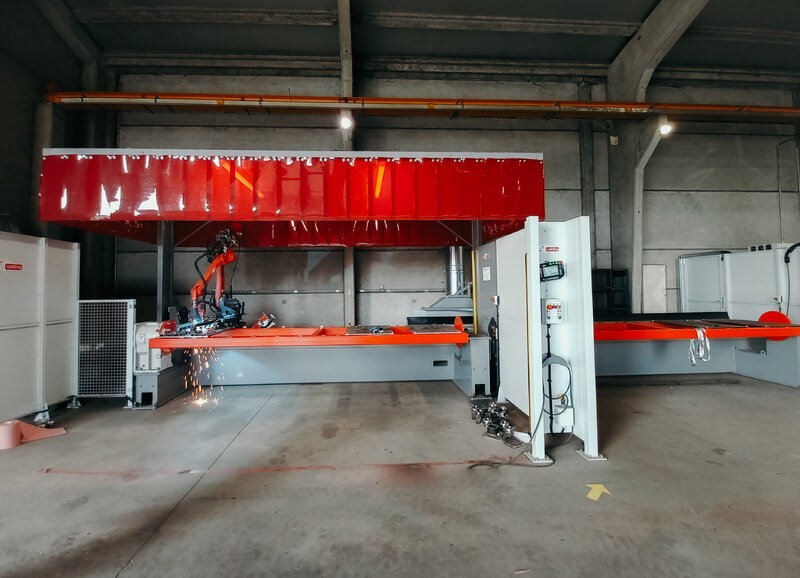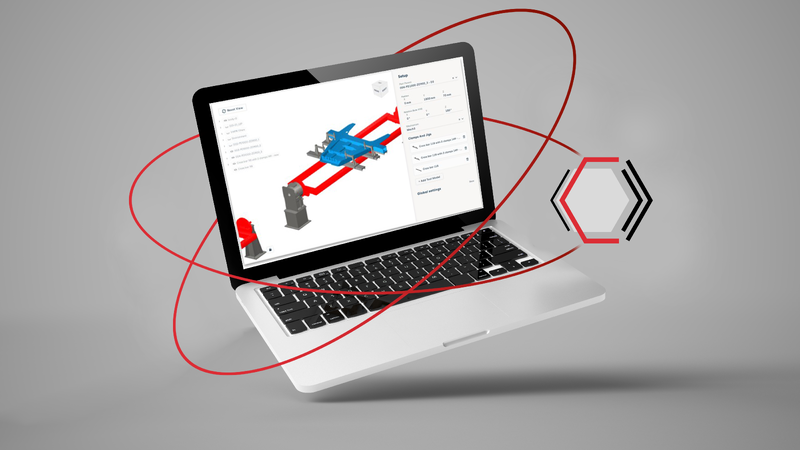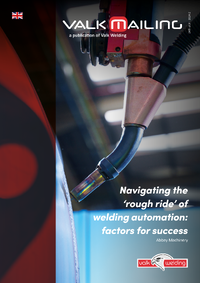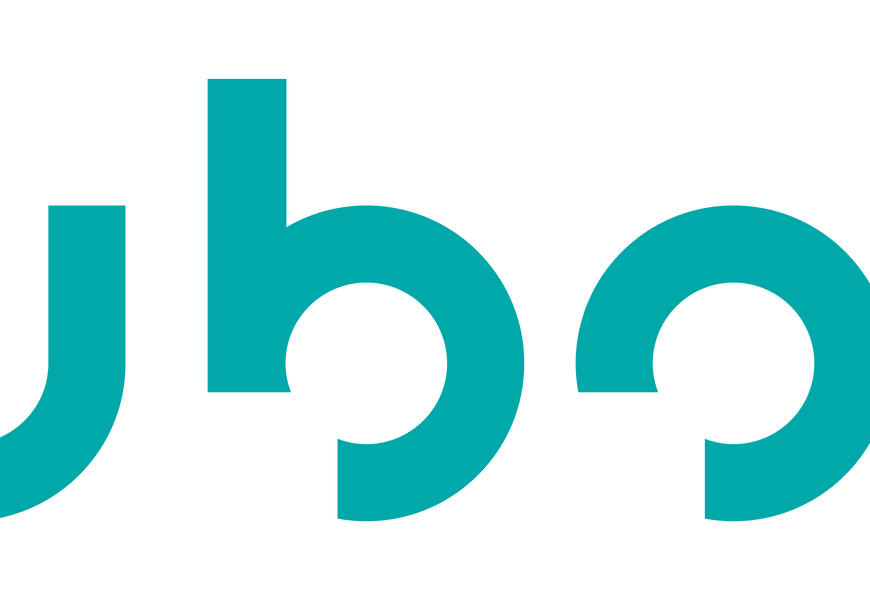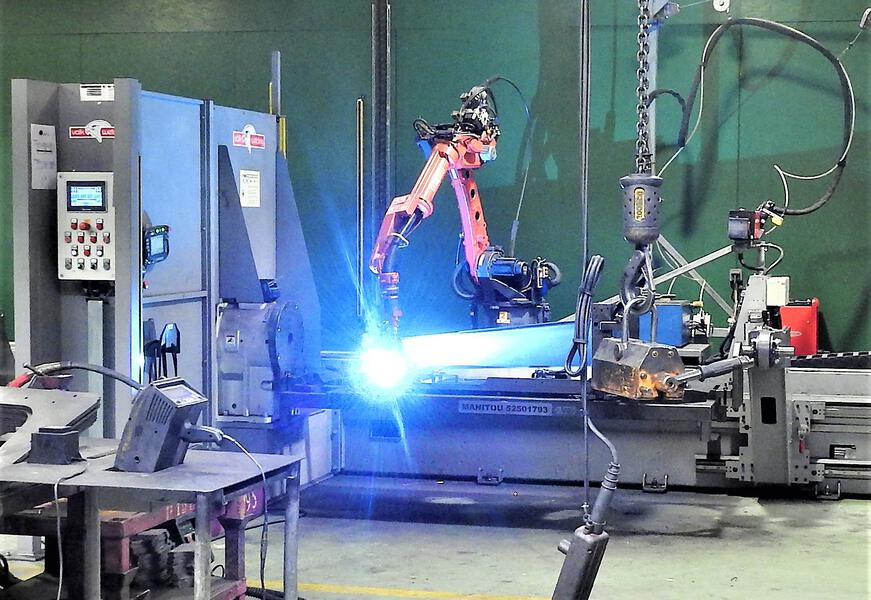A major development project
“Today, we manufacture between 350 and 400 machines per year, all at our site in Sainte-Marie-Cappel (North), and we export about 50% of the production worldwide, mainly to Canada, the United States, Eastern and Nordic countries,” says Charles Verbaere. The Dubrulle group employs more than 200 people and is involved in three activities: agricultural machinery construction (about 100 people for a turnover of €22 million), public works (Dubrulle TP), and equipment rental (DLoc).
“Our philosophy, which is 100% integrated manufacturing, is accompanied by numerous investments. After extending the existing factory from 2,000 to 4,500 m² in 2015, and then building new offices in 2020-2021, the management launched the project to extend and invest in means up to the level of our machines, such as the AI-based optical sorter, for an amount of several million euros,” continues Charles Verbaere.
Thus, in 2023, the new factory of more than 5,000 m² next to the historic buildings brought the total production area to more than 10,000 m². In terms of equipment, Downs has acquired TRUMPF laser cutting machines for cutting sheets and tubes, as well as two connected TRUMPF bending machines, and two handling robots associated with MAZAK machining centres.
Finally, the company invested in a Valk Welding welding robot to complete the welding department. This robot is intended for the assembly of small common sub-assemblies that welders will then integrate into agricultural machines.
“Since we only do custom work, it took us several years to take the step of welding robotization. The production teams also had to provide sufficiently precise parts to be compatible with robotization,” recalls Charles Verbaere.
The choice of Valk Welding, an obvious choice
The choice fell on Valk Welding: “In our sector, Valk Welding is highly regarded for small series, specific welded parts, and the simplicity of programming,” says Charles Verbaere. The model chosen by the company is based on a TRACK-FRAME-E consisting of two 4-meter-long stations, with track and integrated welding fume extraction, and a pulsed MIG welding robot with a reach of 1,999 mm and a payload of 6 kg (TL series).
“The two turntables are better suited than two face-to-face stations. Indeed, they allow welding on one and loading/unloading on the other at the same time. This possibility ensures rapid production of large quantities of small parts, up to several thousand per year for some references,” explains Gabriel Letombe, Process Technician. Another advantage is the cleanliness and repeatability of the sub-assemblies thus produced: compared to manual welding, which produces more spatter that must then be scraped off, and a more variable position of the weld beads, this results in a time gain.
“One of the selection criteria was the simplicity of programming, directly on the machine (online) or offline (on a computer), with the ease of switching from one to the other,” notes Charles Verbaere.
Helping welders daily
Once the decision to pass a sub-assembly to the welding robot is made based on criteria such as the need for repeatability, time savings, or the lack of added value for a welder, it is enough to import the 3D model of the sub-assembly into the DTPS offline programming software to quickly obtain a result.
“The welding robot is also a response to recruitment difficulties in the welding sector; it is by no means an intention to reduce staff, quite the contrary. Like other production means, the welding robot is there to relieve operators and allow them to perform high-value-added tasks. We also manage to extend working hours without switching to 2x8 or 3x8 shifts,” explains Charles Verbaere. Downs does not intend to stop there and plans to expand its machine park.
www.downs.fr

